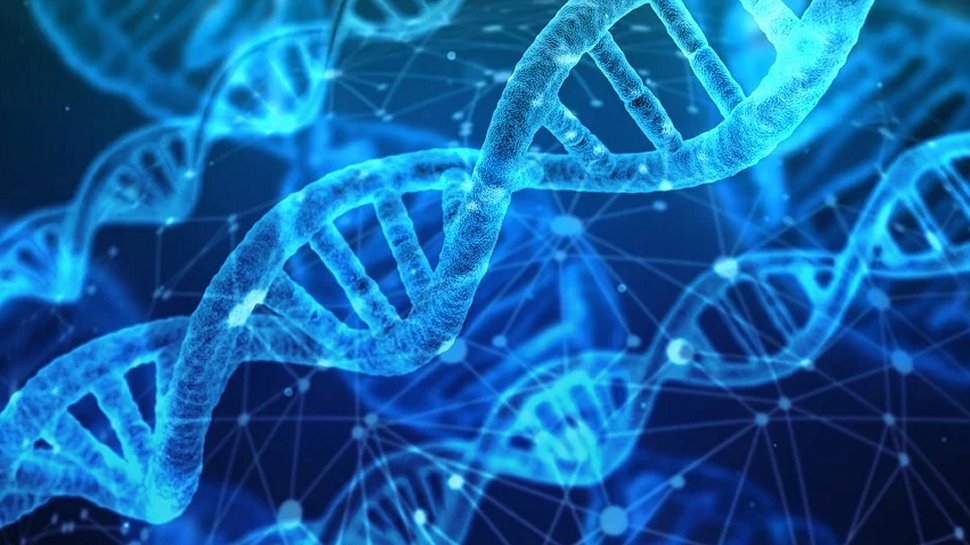Revolutionary synthetic DNA disk could hold key to future of storage
Synthetic DNA could solve the world's storage problems

A new proof of concept that would see data stored on synthetic DNA could hold the key to the world’s storage problems. In theory, if the concept is successful, all the world’s accumulated data would fit inside a shoebox.
By 2025, it is estimated that 463 exabytes of data will be produced every day – equivalent to 212,765,957 DVDs – and data center providers are constantly expanding to provide storage for this deluge of information. A single gram of DNA, however, can hold 455 exabytes of information – a fact that has drawn the attention of computer scientists.
Marc Antonini, a research professor at the Computer Science, Signal Processing, and Systems laboratory (I3S) at Sophia Antipolis, and his team are working on a project financed by the European Commission called OligoArchive that aims to bring the idea of DNA storage to life. Ultimately, the project hopes to build a DNA disk that could eventually replace traditional magnetic tape storage.
- The best cloud storage services available today
- The best portable SSD for your business
- The best external hard drives to keep your files safe
Stumbling blocks
Although hugely exciting, bringing synthetic DNA to the storage industry will require researchers to overcome a few challenges first. Chief among these will be the price, with storing a single image via DNA currently costing thousands of dollars. There’s also the problem of sequencing errors being introduced when DNA nucleotides are repeated too many times.
Despite the hurdles that still need to be cleared, researchers remain hopeful. If they can bring synthetic DNA to the storage industry, there will be other benefits besides saving on physical space. DNA is extremely robust, with scientists able to retrieve data from extinct animals that lived thousands of years ago. Magnetic tape storage, on the other hand, needs to be replaced every twenty years in case it degrades.
Antonini and his team have given themselves three years to come up with a proof of concept for their synthetic DNA storage proposal. After that, it might not be too long before we start to see practical applications being produced.
- Also, check out our list of the best cloud backup solutions
Via CNRS News
Sign up to the TechRadar Pro newsletter to get all the top news, opinion, features and guidance your business needs to succeed!
Barclay has been writing about technology for a decade, starting out as a freelancer with ITProPortal covering everything from London’s start-up scene to comparisons of the best cloud storage services. After that, he spent some time as the managing editor of an online outlet focusing on cloud computing, furthering his interest in virtualization, Big Data, and the Internet of Things.
